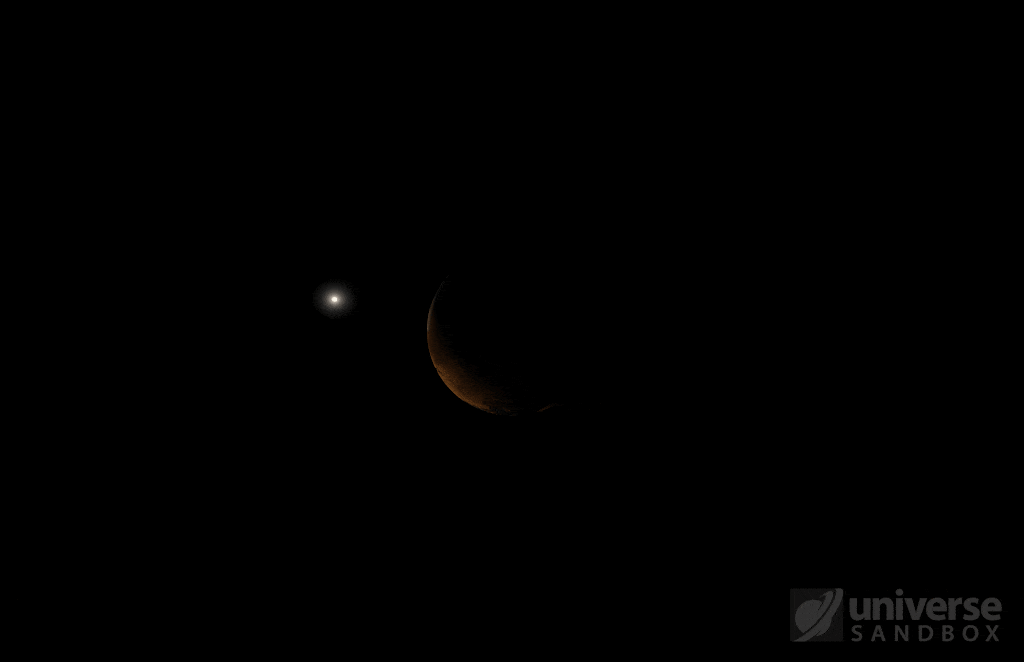This is my first question here, so any help would be greatly appreciated. I am trying to figure out how my world's day and night cycle works, or if something like what I'm hoping for is even possible. I am building this world around multiple random small-scale ideas, so I've been having trouble making them work together with my limited knowledge of astronomy.
The world is an inhabited planet that is smaller than Earth, though I don't know the exact size. Possibly around the size of Mars. There is a small archipelago somewhere on the planet (I don't have a definitive map yet), of which the largest island is the only inhabited one, where the main idea is that it is night for a large portion of the year. I know that some places on Earth are like this, but if possible I would like this area to spend more of the year experiencing nighttime than daylight. For example, 9 months of darkness and 3 months of light in summer (I don't actually know what the proportions would be, basically anything that would actually work would be fine as I'm still in early stages). The rest of the planet, or just a section of it large enough to hold the main continent (it has one main continent, that archipelago, and several small continents and many islands that don't really matter) would ideally have either a "regular" day/night cycle or possibly the opposite of the archipelago area. It needs to have a fair amount of daylight, and the archipelago's long nights should seem special. That is what I'm hoping for, but it is still very flexible at this point.
For other information on the planet and context, this is a fantasy world (magic exists). Magic could be part of the explanation if need be, however, the magic system actually depends more on this cycle, which is why I'm trying to figure this out first. There are some other planets in the solar system, which has one sun to keep things simple. The focus planet has at least one moon, though it might have more. At some point in the past (a long time ago) the moon was hit by an asteroid or something-again astronomy is not my strong suit- resulting in pieces of debris from the moon still in orbit around the planet. Those are all the possibly relevant details I can think of.
Basically, I am wondering if something like this could theoretically work, and if so, how?
Thanks!






